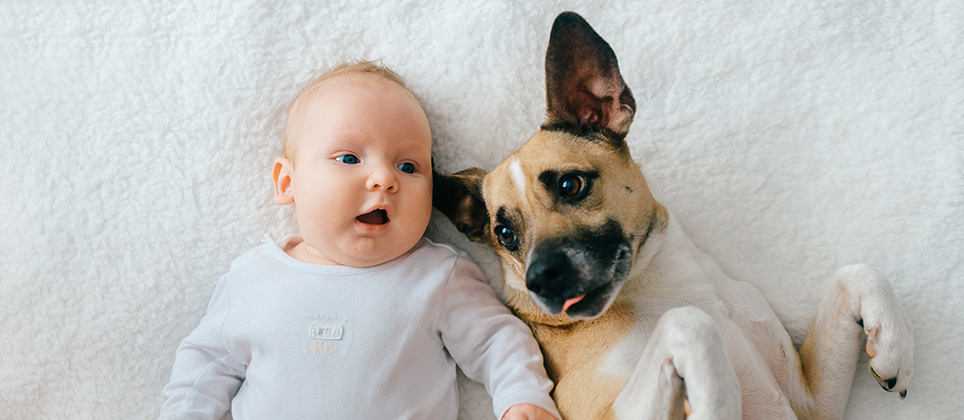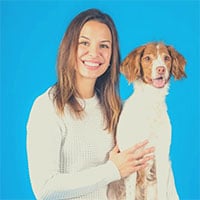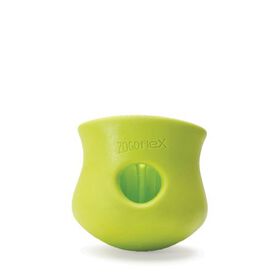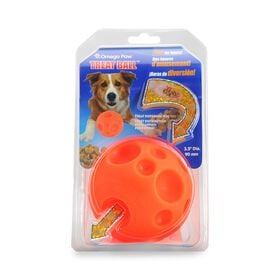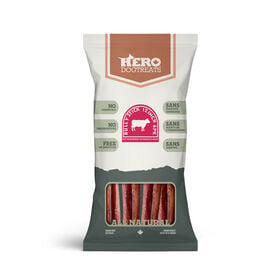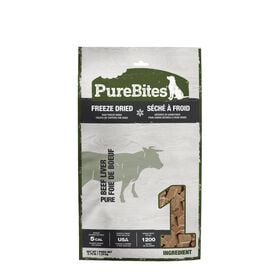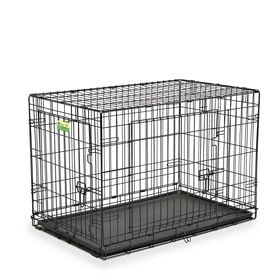First and foremost, congratulations on the newest member of your family! You are most likely aware that the arrival of this tiny human will have an impact on your four-legged friend. Here are a few simple tips to help ensure Doggy smoothly adapts to your new family situation.
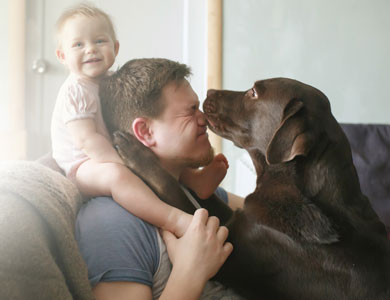
Getting Doggy used to the new schedule
You and your dog probably have established a routine for playtime, meals and sleeping. Odds are that once the baby arrives, this routine is going to be disrupted. To help limit the anxiety your dog may experience when your family grows, you can start by progressively altering their routine a few weeks before the due date.
Here are a few ways to get started. Go on your morning walk at noon. Give them their breakfast half an hour later than usual. During a quiet day, introduce sounds associated with babies. Instead of sharing the sofa with them, have them sit on their dog bed while you’re in the rocking chair.
Preparing for less time spent exercising
Once baby is in the picture, it’s normal Doggy won’t be spending as much time exercising. Thankfully, there are a few solutions.
Socializing
Have a friend who has a dog look after them from time to time or sign them up for doggy day care.
Stimulating their mind
Serve their meals in a slow eating (interactive) bowl. This will help them exercise their intellectual skills.
Chewing
Give them a toy or bone they can chew on every day. This will help them channel their energy and prevent them from becoming destructive.
Start getting them used to these new activities as soon as possible. Even though these suggestions are not a proper substitute for physical exercise, they can help keep them occupied while remaining stimulated and happy!
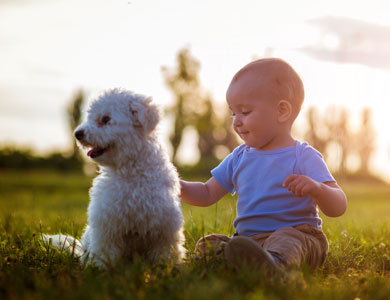
New smells and sounds
A dog’s sense of smell and hearing are extremely sensitive:
- On average, they have 35 times more scent receptors than humans.
- Smelling scents that are already associated with pleasant experiences will evoke the same emotions for them.
- They’re able to perceive sounds at frequencies humans are incapable of hearing.
That’s why you should start exposing them to smells associated with a baby (moisturizing creams, lotions, baby laundry detergent, etc.). Have them sniff an item of clothing worn by your newborn at the hospital. Make sure to make the experience a pleasant one by petting them, giving them treats, etc.
You can also play sounds of a newborn and take them on walks near places where kids play (ex.: parks, daycare playgrounds). Once again, you should make the experience a pleasant one for your furry friend by providing them with treats, etc.
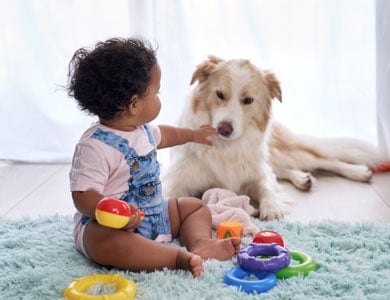
Exposing Doggy to new items
Your home is about to be filled with new items: play mats, crib, swing, bouncers, noisy toys, stroller, etc. Introduce these objects one at a time into your home and set them in motion. Remember to make sure it’s a fun experience for your dog, especially if they’re showing signs of anxiety.
If they get too excited and jump on the new items or try to chew on them, teach them to remain calm in the item’s vicinity. Use commands they already know (ex.: “stay” near the play mat, “off” if they jump up on the crib, “heel” when walking with the stroller).
Remaining on their own
Once baby arrives, you’ll most likely need your dog to remain calm at certain moments (ex.: breastfeeding, naps, bath time). Moreover, Doggy might also need their own space. Make sure your four-legged friend feels comfortable in their crate or at ease when in a room on their own. This will help ensure baby’s arrival is as stress-free as possible for every member of your family.
